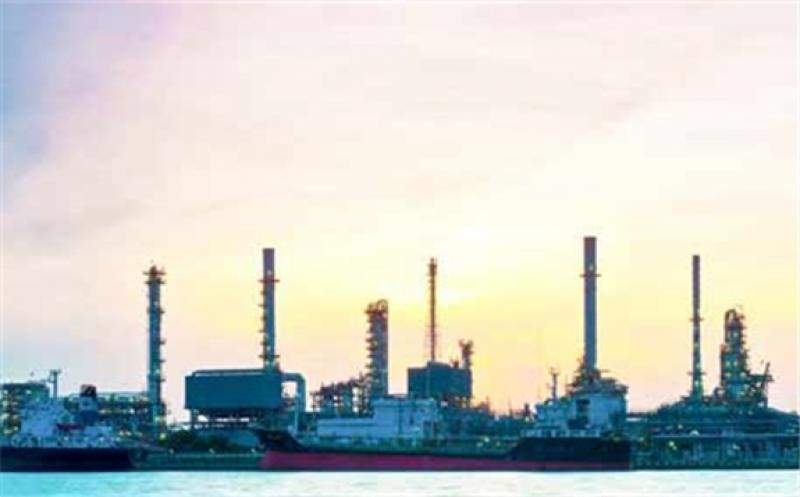China’s plan to reach carbon neutrality by 2060 could end up costing it $5 trillion, Wood Mackenzie analysts have said in a new report.

“The hefty bill is the total sum required for additional power generation capacity to accommodate the growth in electrification by 2050,” they noted.
China is the biggest emitter of carbon dioxide but it is also the biggest investor in renewable energy projects. However, the country’s emissions are still on the rise and they will only peak in 2030, under current decarbonization plans. Europe has asked China to try and accelerate the decarbonization push, moving peak emissions to 2025.
Last month, Beijing announced plans to become carbon neutral by 2060.
"We aim to have CO2 emissions peak before 2030 and achieve carbon neutrality before 2060," President Xi Jinping told the United Nations General Assembly.
This will require a lot of work as China is heavily reliant on coal-powered electricity generation despite its massive growth in solar and wind capacity. Some even believe the plan is more of a greenwashing effort than anything of substance.
“It is definitely a colossal task for a country using 90% hydrocarbons in its energy mix and annually producing more than 10 billion tonnes of CO2-e, and in addition, accounting for 28% of global total emissions,” Prakash Sharma, Wood Mackenzie Asia Pacific Head of Markets and Transitions said in the new report.
Yet it is not impossible to do. According to the analysis, China could achieve its carbon neutral targets through the wider electrification of transport but also by electrifying heating and industrial activity. Carbon capture and storage will also have a part to play in the world’s largest polluter’s shift away from fossil fuels.
The country will have to cope with the social effects of this transition: as Sharma noted, the phase-out of coal will involve the loss of a lot of jobs in regions that need the employment. The electrification of transport and industrial activity will also be a challenging undertaking, the report noted, but not impossible to do.
This article is reproduced at oilprice.com